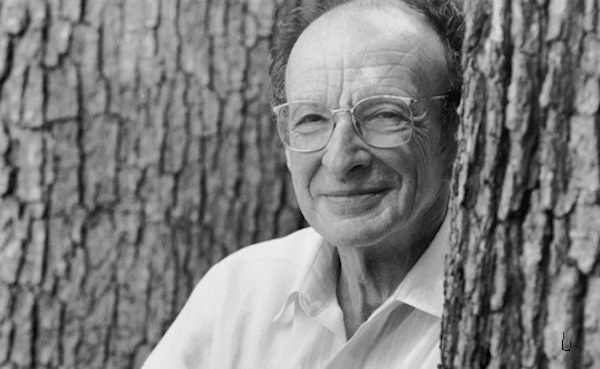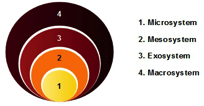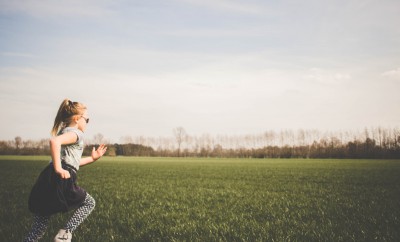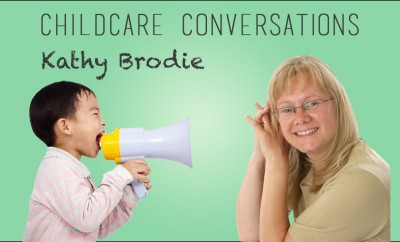
Child Development
Child Development Theories: Urie Bronfenbrenner
Urie Bronfenbrenner was a Russian-born American developmental psychologist whose most significant work was his ecological systems theory of child development. Bronfenbrenner’s research and his new model of child development played a key part in altering the perspective of developmental psychology by calling attention to the many additional environmental and societal influences which impacted upon child development.
Urie Bronfenbrenner’s Ecological Systems Theory of Child Development
Urie Bronfenbrenner was a Russian-born American developmental psychologist whose most significant work was his ecological systems theory of child development. Bronfenbrenner’s research and his new model of child development played a key part in altering the perspective of developmental psychology by calling attention to the many additional environmental and societal influences which impacted upon child development.
 Nested systems: Urie Bronfenbrenner’s Key Concept
Nested systems: Urie Bronfenbrenner’s Key Concept
Bronfenbrenner’s concept depicts four ecological systems which an individual will potentially interact with, each nested within the others. Viewed from the innermost system outwards, Bronfenbrenner’s model illustrates the following systems:
1. Microsystem — This is the first, and closest, layer of the nested systems which encompasses an individual’s human relationships, interpersonal interactions and most immediate surroundings. Thus depicting the relationship between an individual child and his/her parents, siblings, and school environment.
2. Mesosystem — Moving outwards, the second layer surrounding the microsystem encompasses the different interactions between the characters contained within the microsystem. This could include, for instance, the relationships between a child’s family and their school teachers. For any interaction to qualify as part of the mesosystem, it has to be a direct interaction between two features of the bio-ecological system which influence the development of the individual child.
3. Exosystem — The third layer is the exosystem which incorporates elements of the bio-ecological systems which do not directly affect the child, but may have an indirect influence. For instance, if a parent were to be made redundant or have their working hours reduced, this would then indirectly affect their child in that such events would create parental stress and reduce the family income.
4. Macrosystem — The outermost, “macro” layer of the bio-ecological model encompasses cultural and societal beliefs, decisions and actions which influence an individual child’s development. This might include, for example, religious influences or parliamentary legislation.
Bronfenbrenner’s bio-ecological approach helps practitioners to consider the true balance of influences which are likely to play a part in the development of any young child.






You must be logged in to post a comment Login